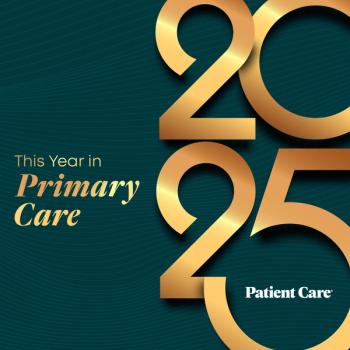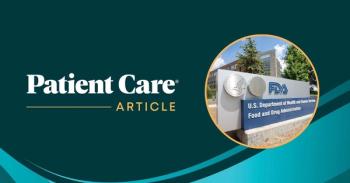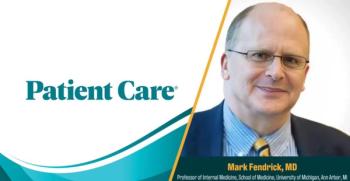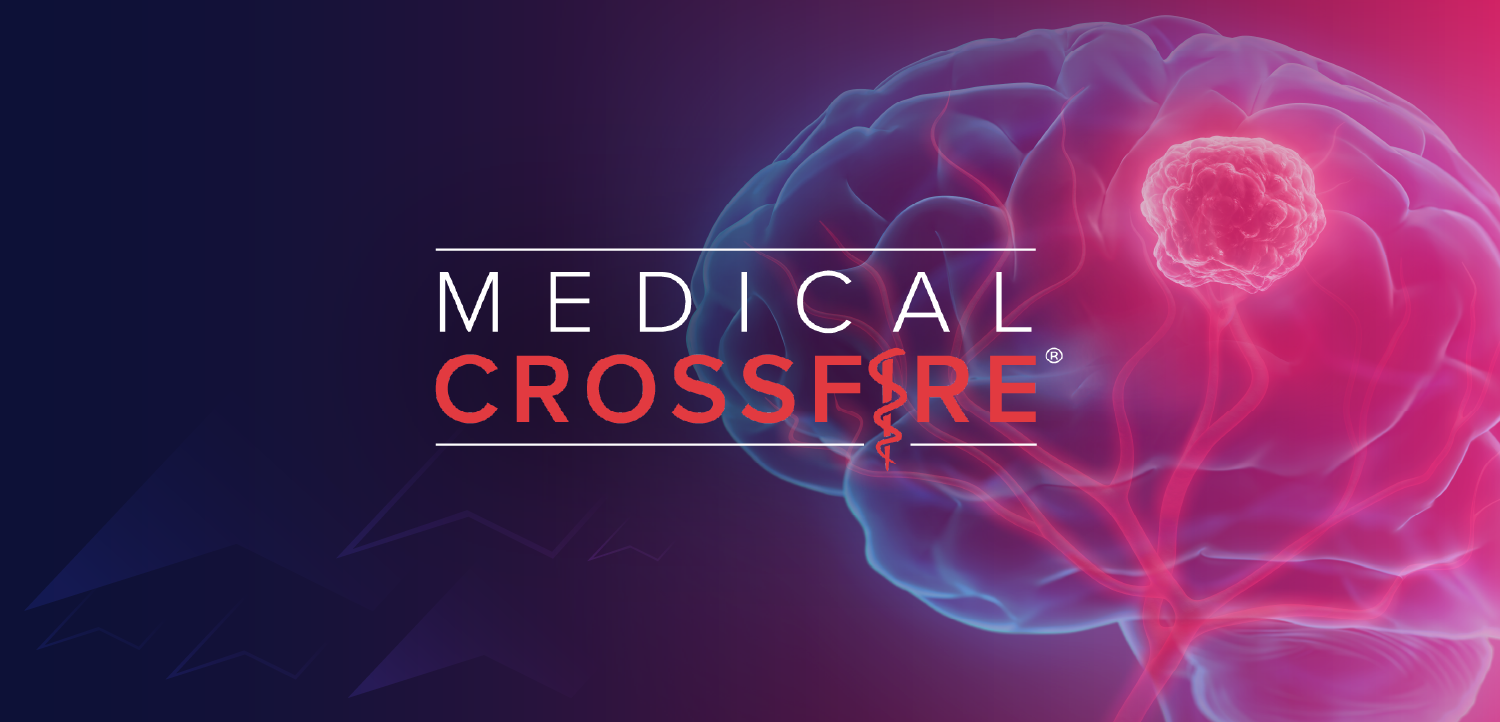
Xuezhi Daniel Jiang, MD, PhD, on Counseling Postmenopausal Women on Autoimmune Disease Risk Without Creating Hormone Therapy Phobia

Jiang shares how to use new autoimmune risk data responsibly—identifying high-risk patients while avoiding unnecessary hormone therapy phobia.
New research showing potential risks can create clinical paralysis. Providers become hesitant to prescribe treatments that could genuinely help patients, and patients who would benefit miss out on effective therapy.
Dr. Daniel Jiang is acutely aware of this danger. As a menopausal medicine specialist and hormone therapy advocate, he emphasizes that his findings about autoimmune risk should increase clinical awareness, not create fear. Many women suffer needlessly with menopausal symptoms because providers are already too hesitant about hormone therapy.
So how do we integrate this new information responsibly? The answer involves identifying high-risk populations, engaging in shared decision-making, maintaining clinical vigilance, and taking an individualized approach rather than blanket restrictions.
In this segment, Dr. Jiang provides practical guidance on how primary care physicians and OBGYNs should counsel postmenopausal patients about hormone therapy in light of these findings.
In this segment, Dr. Jiang covers:
- Why hormone therapy phobia is already a problem
- How to interpret these findings as awareness rather than contraindications
- Identifying high-risk populations who need extra caution
- The role of shared decision-making
- Clinical vigilance strategies and symptom education
- Why individualized approaches matter
Series Navigation
- Part 1: Investigating Hormone Therapy and Autoimmune Disease Risk: Study Background and Rationale
- Part 2: Hormone Therapy Linked to Increased Autoimmune Disease Risk
- Part 3: Clinical Guidance: Counseling Patients Without Creating Hormone Therapy Phobia (You are here)
Newsletter
Enhance your clinical practice with the Patient Care newsletter, offering the latest evidence-based guidelines, diagnostic insights, and treatment strategies for primary care physicians.




























































































































































































































































































